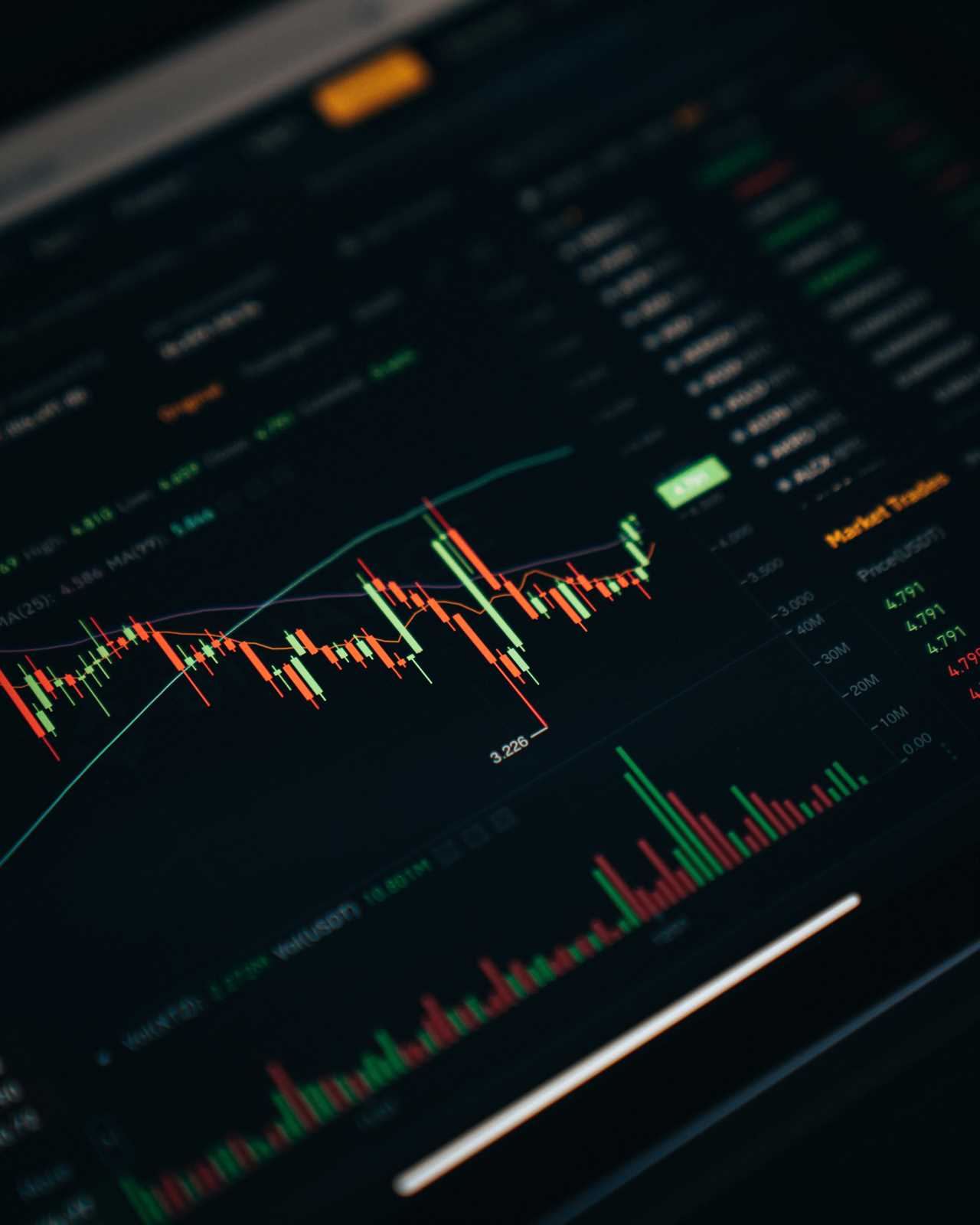||

Intro
Amidst Covid-19, on April 20th, 2020, investors held their breath as markets dropped, specifically, the commodities market. Reaching a new all-time low, many didn’t believe this was even possible. The price of oil was -$37 a barrel. Negative $37 a barrel. But how? How and why would someone pay you to take their oil, a notoriously expensive commodity? Well, it’s because of how oil is traded: futures.
Futures Contracts
In its simplest form, a futures contract is a way of buying an asset at a future date for a predetermined price. Take apples, for example. In this scenario, an apple pie manufacturer knows they want to purchase 100 apples for a bake sale in 1 year. By the time of the bake sale, the price of apples may change dramatically, in favor of either the vendor or pie manufacturer.
Thus, to avoid risky changes in apple prices, a buyer and seller can enter into a contract. Within this contract, the seller agrees to sell 100 apples to the pie manufacturer for an agreed price, say $50, to be delivered in 1 year. This contract is referred to as a future.
Futures Example: How Oil Went Negative
Part 1: demand. Only a month after Covid-19 was declared a pandemic, people adapted to a new at-home life; the world stopped moving. Cars stopped driving, planes stopped flying, and cruise lines stopped cruising. The aftermath? A world without the demand for oil.
Part 2: supply. Within an already diminished need for oil, the world had an oversupply. On March 6th, 2020, Russia ignored OPEC’s calls for cuts in oil production, undoubtedly sparking tensions with Saudi Arabia and beginning an oil price war. Essentially pumping as much oil as they could, Saudi Arabia and Russia flooded the markets. As the world grappled with an oversupply and diminished demand, storage for this “liquid gold” dried up.
Thus, the futures market comes into play. West Texas Intermediate, a high-quality crude oil, had May futures expiring on April 21st. Meaning, any contract holders at the end of the day on April 20th had to take physical delivery of oil. For financial traders – people who can not take on physical delivery of oil – this meant the forceful selling of their contracts through their broker. For others, this was also an issue, as storage was expensive and unavailable. The only solution: pay someone else to buy your contract, or in other words, pay someone to take oil (the definition of negative prices).
A deeper look into futures and the S&P-500 E-Mini
Futures offer a vastly different investment style compared to other assets such as stocks, bonds, or options. For starters, futures are traded almost 24/7 and offer a wide range of investments. Not only do futures include commodities such as oil, wheat, and gold, but also equities, indexes, currencies, interest rates, and more. This may lead investors to wonder if futures are good alternatives to stocks.
One of the most heavily traded futures contracts is the S&P 500 E-Mini. These “financial” futures are priced based on a set standard, unlike a commodity such as gold or oil. An E-Mini contract price is calculated by taking the current value of the S&P 500 and multiplying it by 50. For some brief history, S&P 500 futures were not always considered “mini,” as the standard S&P 500 futures were priced at 250 multiplied against the value of the S&P 500, meaning the value of one S&P-500 future could cost upwards of half a million dollars.
Opening up the space for smaller investors, the S&P 500 E-Minis have since taken their place. S&P 500 E-Minis are only priced at $50 multiplied against the value of the S&P-500, a fifth of what the standard future would have cost. Though these contracts seem expensive, investors only have to put up a margin, usually representing 1/10 of the futures value to own the contract. Thus, investors may heavily leverage themselves using futures.
Conclusion
Whether it is the grain in your bread or the oil you are burning, future contracts have been helping businesses or individuals conduct business since 1851. Though many investors may go their entire financial career without looking into futures, futures represent a powerful yet complex way to invest and should be a tool in any investor’s toolbox. And finally, to understand businesses, current events, or how to buy 40,000 pounds of cattle, learning futures is an important step in any investor’s career.
||
---------------------------
By: Andrew Wu
Title: Intro to Futures
Sourced From: streetfins.com/intro-to-futures/
Published Date: Sun, 30 Oct 2022 19:50:45 +0000
Read More
Did you miss our previous article...
https://peaceofmindinvesting.com/clubs/week-of-1302023
.png) InvestingStocksToolsClubsVideosPrivacy PolicyTerms And Conditions
InvestingStocksToolsClubsVideosPrivacy PolicyTerms And Conditions
